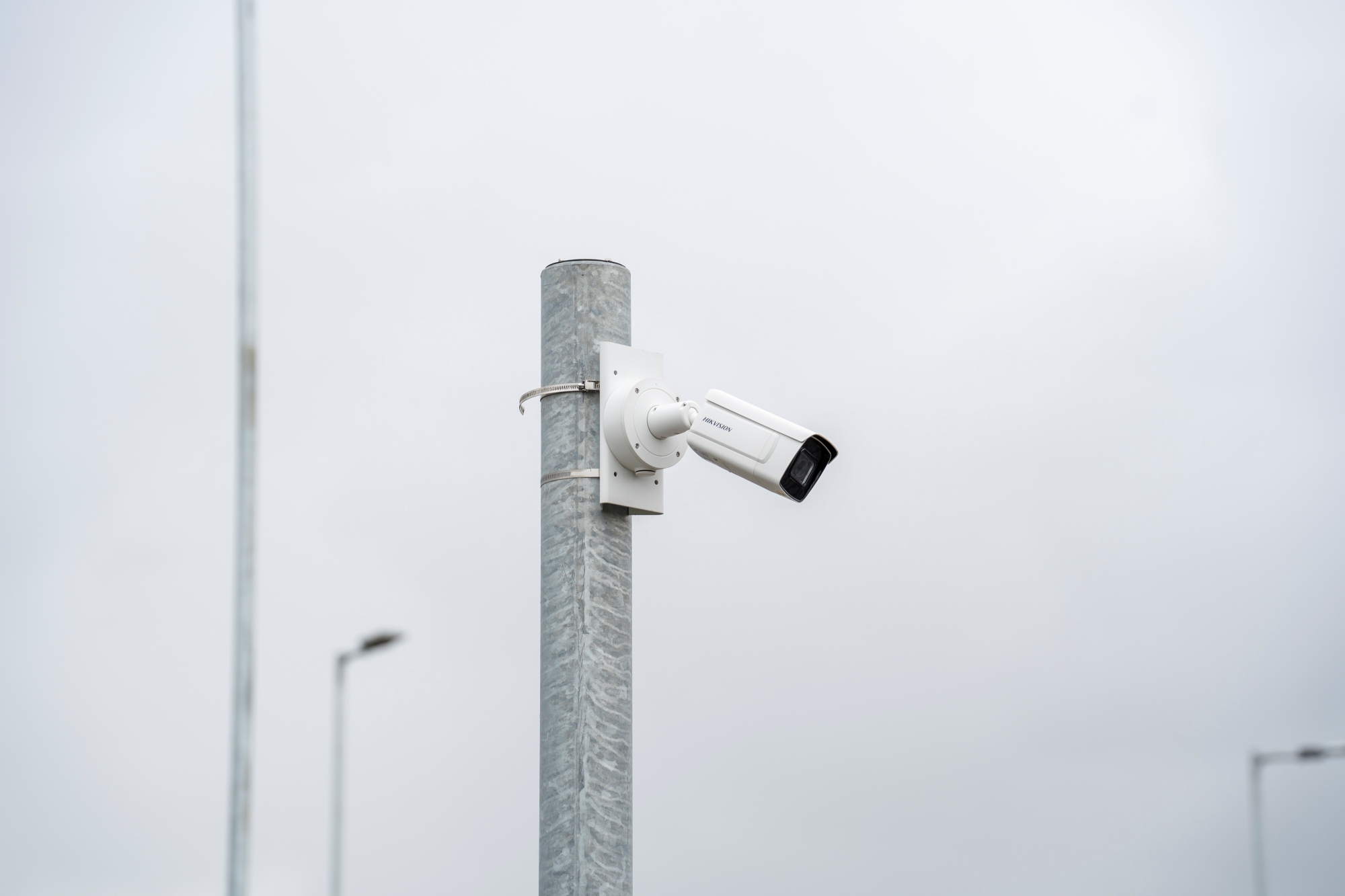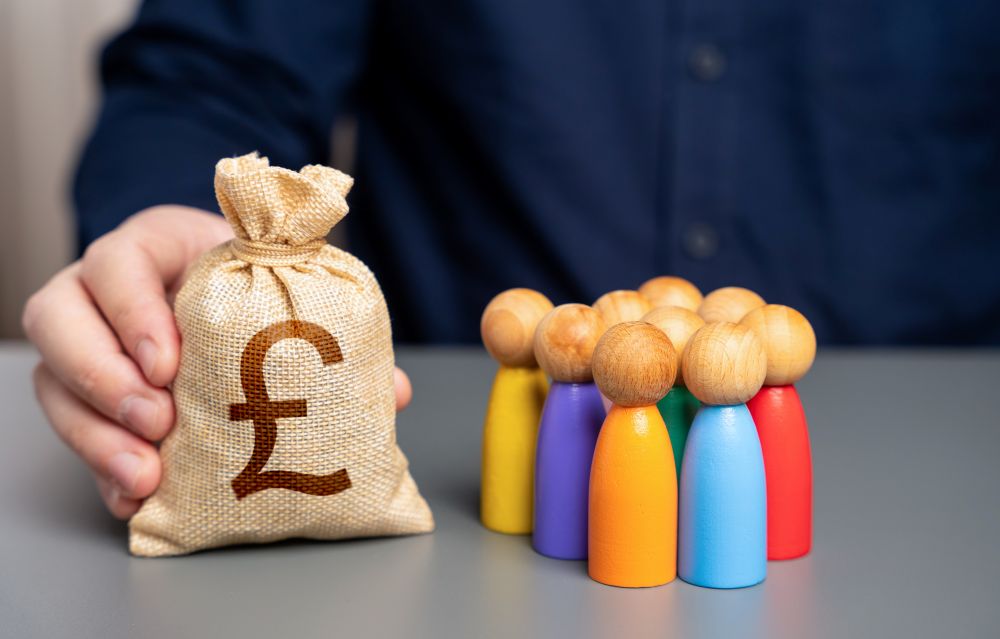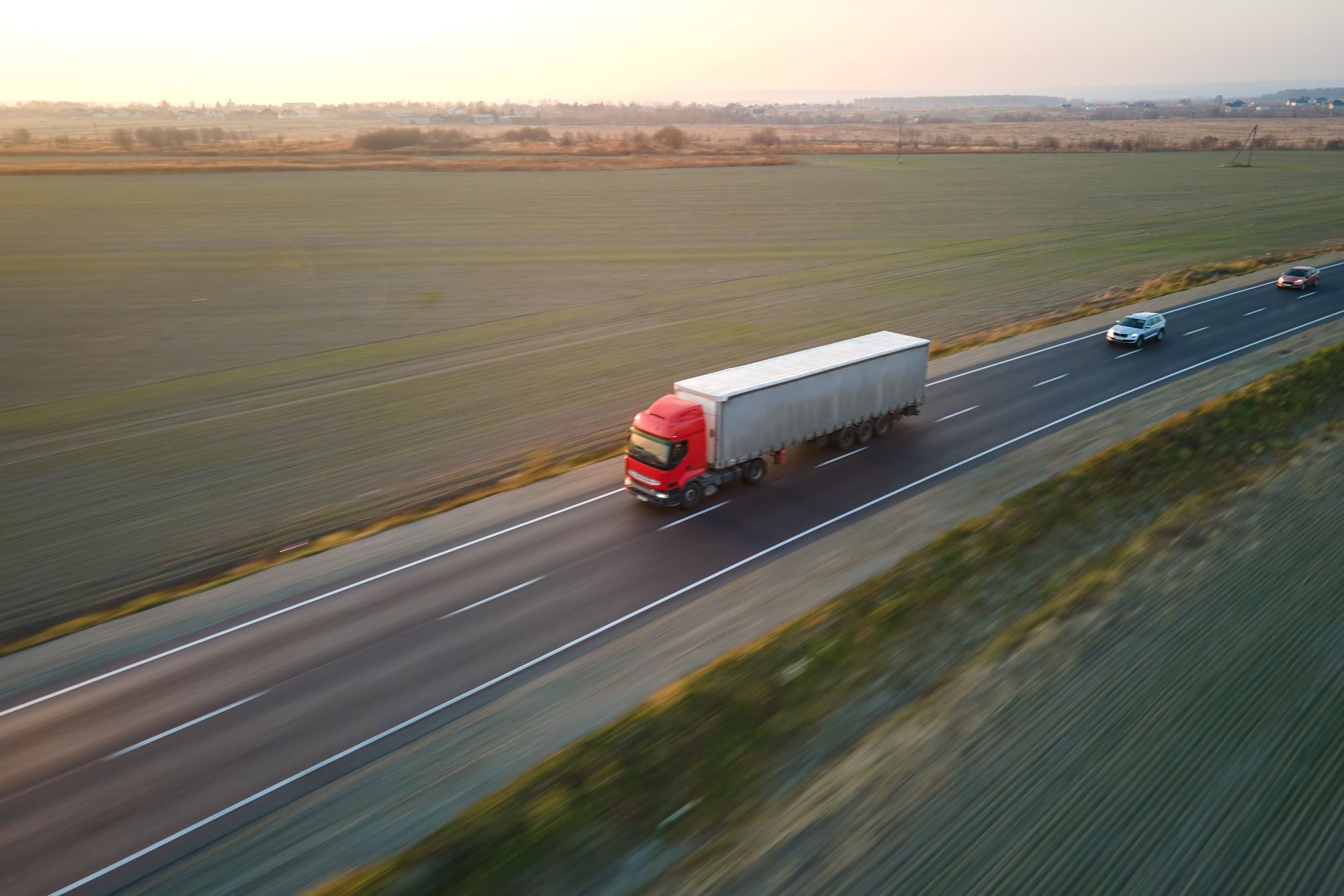
Miranda Blake
Водії незадоволені зупинками вантажівок: У чому проблема?
Створено: 11.11.2024
•
Оновлено: 30.12.2025
Нещодавнє опитування (https://d3cez36w5wymxj.cloudfront.net/wp-content/uploads/2024/11/04184443/Lorry-Driver-Facilities-Survey.pdf), проведене незалежною дослідницькою організацією Transport Focus, показало, що майже половина водіїв вантажівок не задоволені кількістю та якістю зупинок для вантажівок в Англії. На їхню думку, останні погіршилися за останній рік.
Тут, у SNAP, ми маємо мережу [паркінгів для вантажівок] (https://snapacc.com/truck-parks/), що пропонують чудові послуги (насправді, ми незабаром запровадимо власні нагороди, що відзначатимуть найкращі стоянки для вантажівок!). Отже, якщо є багато чудових стоянок, виникає питання: чому водії такі незадоволені?
Глибше занурення в проблему
Спочатку давайте подивимося, що їх не влаштовує. Водії кажуть, що не відчувають себе бажаними та безпечними на кожній зупинці. Крім того, вони не можуть нормально відпочити або насолодитися повноцінною їжею. У деяких відгуках зазначалося, що не завжди є здорова їжа або чисті душові та туалети. Жінка-водій також прокоментувала, що в жіночому туалеті немає душу - це означає, що вона не мала іншого вибору, окрім як піти в чоловічий, щоб помитися.
Однак важливо зазначити, що статистичні дані отримані від тих, хто вирішив зробити перерву на цих зупинках, тому, ймовірно, існує певний рівень задоволеності. Крім того, в опитуванні водіїв запитували про їхній досвід лише на третині від загальної кількості зупинок для вантажівок, сервісів на автомагістралях та на дорогах категорії А в Англії. Крім того, багато стоянок для вантажівок отримали задовільну оцінку щонайменше 95%, а загальний рівень задоволеності склав 86%.
Тож, можливо, проблема не така велика, як здається. Хоча індустрія, безумовно, не може її ігнорувати - особливо з огляду на те, що виявили наші дослідження.
Що виявило дослідження SNAP
Ми виявили, що 70% водіїв віддають перевагу відстою, а не станціям технічного обслуговування або стоянкам для вантажівок, і основною причиною цього є недостатній рівень безпеки. Наприклад, вони вже стикалися з тим, що їм обрізали шторки. Хоча варто зазначити, що у 2023 році поліція Кембриджширу повідомила, що [46% крадіжок вантажів сталися на вулицях або стоянках] (https://www.rsainsurance.co.uk/news/insurance/tackling-cargo-crime-in-2024/#:~:text=The%20majority%20only%20offer%20a,these%20happened%20in%20lay%2Dbys.), порівняно з 27% на станціях технічного обслуговування - що свідчить про те, що, можливо, водії турбуються не про те, про що слід.
На наших сторінках у соціальних мережах більше половини водіїв вантажівок зазначили, що, на їхню думку, зупинки для відпочинку у Великобританії не є безпечними та захищеними порівняно з європейськими. А на тих майданчиках, які мають вищий рівень захисту, 70% бачили, що вони заповнюються до вечора.
Хоча це означає, що їх недостатньо, щоб задовольнити попит, багато наших сайтів мають фантастичний рівень безпеки. Тож тим, хто цього не робить, варто замислитися над тим, як це покращити.

Забезпечення найвищого рівня безпеки на стоянках вантажівок
Ми надаємо різноманітні послуги для покращення загального досвіду, включаючи наші провідні в галузі пакети безпеки через SNAP Access & Security. Від ANPR-камер та шлагбаумів до відеоспостереження, ми забезпечуємо найкращий захист стоянок вантажівок, а отже, водіїв і всього автопарку вантажу.
Ви можете дізнатися більше про [SNAP Access & Security] (https://snapaccessandsecurity.com/) або ознайомитися з іншими нашими послугами (наприклад, паркуванням та мийкою) [тут] (https://snapacc.com/).



